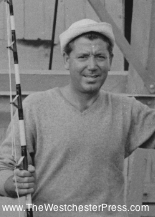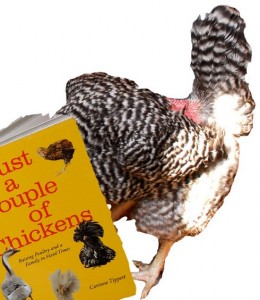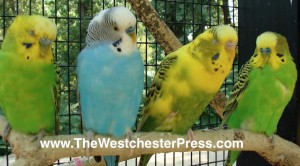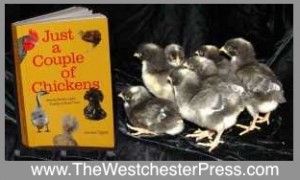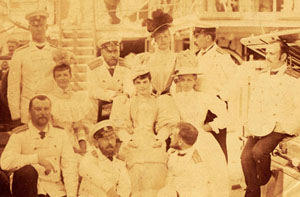
Col. C. J. Tippett flew over 11,500 miles solo in this Fairchild PT-19A, setting the record for the first and longest single-engine solo flight from North America to South America in January, 1943.
In the history of aviation that covers Col. C. J. Tippett’s time as an aviation pioneer, records were set and broken so often that I had to give up trying to track them all as I did the research for Tip’s biography, working titled “When No-One Else Would Fly.”
While Tip did not intentionally try to set a first-in-flight record, he did it… in the course of his duties.
In January, 1943, Tip was ordered to bring down a brand-new Fairchild PT-19 for the training program he was building in Argentina at the State Department’s request. Tip’s civil aviation contacts in the Argentine government had hinted, in the form of a written request, that the gift of such an aircraft would be a nice goodwill gesture. The State Department agreed and requisitioned the plane, then informed Tip that he had to come up to the United States and bring it down in person because German submarines were sinking too many ships to risk sending it by sea.
Tip whipped out a map and pencil and quickly calculated that this flight would be the longest single-engine flight from North America to South America… and since he would have to have an extra fuel tank installed in the second cockpit, he was obviously going to have to do it solo.
And during wartime.
And over some of the most challenging terrain in the world.
And rely on pin-point navigation to locate the landing strips isolated in jungles and mountain tops.
With nothing but a radio and a compass.
But, he did it! At the Fairchild factory in Hagerstown, Maryland, he had a hatch cover installed over both tandem cockpits, which turned the ship into a PT-19A. He borrowed a parachute from a fellow officer, made sure he had his fuel-filtering chamois cloth close by, and took off for Buenos Aires.
The story of his record-setting flight, written in the first person and enhanced by notes from his flight logs and letter archives, is one of the highlights of “When No-One Else Would Fly.” Tip details every landing site, flight time, and how he navigated. His story of the one in-flight engine failure is riveting. The journey comes alive through his recount.
The book is almost ready for publication. I’m in the process of submitting to traditional publishers in case they want to join me in this way-cool project before I self publish it. Sign up here to join the email list announcing when the book is available, and any other events related to Tip’s story.
It was the first and longest solo single-engine flight from North America to South America, and Tip did it only because the plane was needed in Argentina and the Fairchild factory did not offer delivery. The crowd that met him on arrival included the American Ambassador to Argentina, Mr. Norman Armour, and Dr. Samuel Bosch, the director of Argentina’s civil aviation department, and Rear Admiral Marcos Zar, as well as numerous representatives of Argentina’s civil aviation establishment.
The ensuing asado was legendary.


